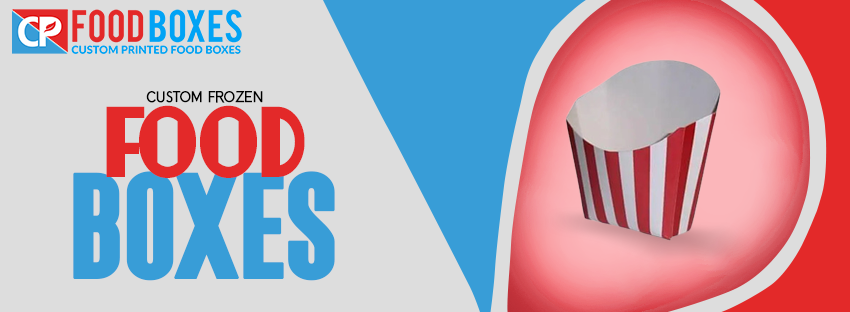
The convenience of frozen food is undeniable, but the eco-friendliness of the boxes that house these culinary delights is often overlooked. There has been a significant shift towards sustainable practices in the food packaging industry in recent years. In this blog post, we’ll delve into the world of frozen food packaging and explore how eco-friendly packaging solutions significantly impact the environment.
Traditional frozen food packaging often relies heavily on plastic materials, contributing to the global plastic pollution problem. Eco-friendly packaging aims to reduce plastic waste by using alternative materials such as cardboard, paperboard, and plant-based plastics. These materials are biodegradable, recyclable, and, in some cases, compostable.
Eco-friendly frozen food packaging also reduces the carbon footprint associated with production and transportation. Many eco-conscious companies opt for sustainable materials sourced sustainably and processed using energy-efficient methods. Additionally, lightweight packaging can lower transportation emissions, which is vital for reducing the environmental impact.
Eco-friendly frozen food packaging encourages consumers to engage in responsible waste disposal. Clear labeling and branding on the packaging often inform consumers how to recycle or dispose of the packaging properly. This promotes recycling and raises awareness about the importance of sustainable packaging practices.
Paperboard cartons are one of the most prevalent eco-friendly alternatives to traditional plastic packaging. These boxes are made from recyclable and biodegradable materials. They’re sturdy, lightweight, and can be designed in various shapes and sizes to accommodate frozen food products.
Biodegradable films made from plant-based materials are a promising innovation in eco-friendly packaging. These films break down into natural substances, leaving no harmful residues. They can be used for wrapping frozen food items like vegetables and fruits, providing a sustainable alternative to traditional plastic wrap.
Some frozen food packaging manufacturers are turning to recycled plastics to create their packaging. Using recycled plastics not only diverts waste from landfills but also requires fewer resources to produce, thus reducing the overall environmental impact.
Sustainable alternatives to Styrofoam, such as recycled cotton and plant-based materials, are gaining popularity for frozen food products that require thermal insulation. These materials effectively keep products frozen while being more eco-friendly and easily recyclable.
Eco-friendly frozen food packaging is a step in the right direction for the environment and a response to consumer demand for sustainability. As more people become conscious of their carbon footprint and the impact of their choices on the planet, the food packaging industry is evolving to meet these needs.
By embracing sustainable packaging solutions, we can enjoy the convenience of frozen foods and contribute to a healthier and greener planet. It’s clear that eco-friendliness isn’t just a trend; the future of frozen food packaging benefits both consumers and the environment. So, the next time you reach for a frozen meal, consider the impact of its packaging on the world around you.
